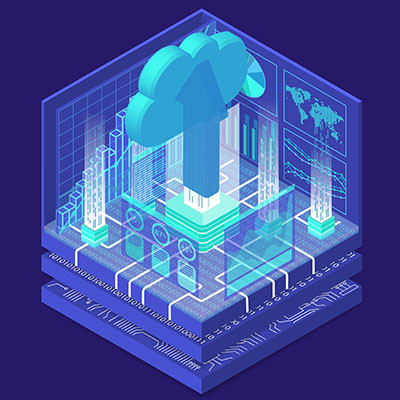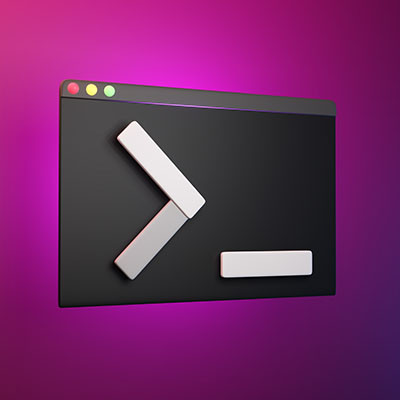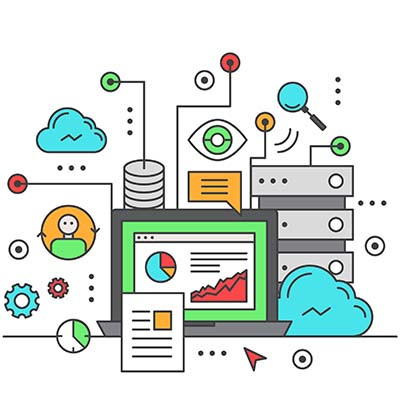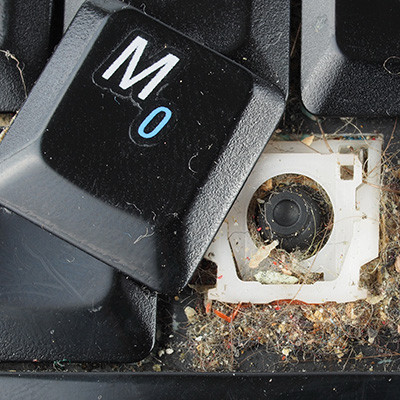SMART Blog
Technology enables some amazing things for businesses, but it can influence the way you both look at operations and the way your business functions. Not all businesses have the capital to make these large technology investments. You are far from optionless, though; today we want to discuss some of the better investments you can make in your technology infrastructure, in particular ones that won’t drain your budget.
Have you ever wondered why it sometimes takes longer than you might expect for certain tasks to be accomplished with your business’ network? It turns out that technology is far from a simple thing, and small issues can seriously derail productivity and efficiency of complex information systems, one of which is the notorious network bottleneck. How can you identify and rectify this issue for your network?
The cloud is a great business tool and resource, enabling businesses to offset a lot of their IT workload onto these providers. If you haven’t migrated some or all of your business’ technology to take advantage of the cloud, it is certainly something to consider.
If you’re already considering it, we wanted to offer a few tips to help make the process more effective for you.
Let me ask you a question: is there anything in your office that doesn’t rely on technology in some way, shape, or form (and no, the old coffeepot that makes the perfect cup doesn’t count)? Increasingly, the answer to that question is “no.” Let’s review how much the average business nowadays relies on IT to really reinforce how ubiquitous technology has become.
Every business depends on productivity, but there are many different forms that productivity can take. The types that every business prefers are the actions that result in improved revenue generation. That’s not to say that all work that is done for your business isn’t important, but the more that can be done to make money, the better off your business will be. Let’s take a look at three ways your business can shift the way they do things with the use of technology.
Let’s face it: when you look at the back of your computer, where the motherboard’s many, many ports are accessible, there’s a substantial variety of connection types available to do a variety of things—some of which may overlap with one another. One prime example: the shared capability between USB and HDMI as a means of connecting your PC to many of its peripherals. Let’s consider which is likely to outlast the other.
Communications are critical for businesses of all sizes, including small businesses and their telephone systems. While the technology likely still plays some role in your office, other means of communication have likely come to the forefront. In some ways, the traditional telephone has been left behind…with Voice over Internet Protocol largely taking its place.
The cloud has helped countless organizations all over the world establish themselves as powerhouses of their industries through dynamic and flexible solutions. One of the biggest reasons why the cloud is so effective—particularly for growing companies—is because of how scalable it is. Let’s examine how this scalability can help your company succeed despite how much it grows.
While using your computer, you might have seen a black box pop up with a blinking cursor in it. This is what is commonly known as the command prompt. It’s helpful for IT administrators to perform certain tasks, but you probably won’t use it much yourself. That said, it’s fun to know what it does and what it’s used for!
Every piece of technology we regularly use today was once earth-shakingly innovative, regardless of how mundane and common it seems to us now. Think about it: people once had endless questions about the Internet, about computers…even about electricity. Let’s consider some modern innovations that we have many questions about now, but may someday be just as much of a given as the other tools we so commonly use today.
For the average business, the database plays a big role. How big of a role? Your business won’t function the way you want it to function without it. In order to manage your databases correctly, you need a solid database management system (DBMS). This week, we thought we would discuss the DBMS and how it works to assist your business computing.
There’s no denying that the economic forecast at the moment is a bit bleak, with murmurings of a recession growing louder by the day. As this situation develops, many companies are likely seeking out opportunities to trim the fat. Despite this, however, we anticipate that artificial intelligence will actually see a bit of an uptick. Let’s go over why.
All jobs have aspects of them that are simply dull or unengaging. After all, nothing can be exciting all the time. This week we wanted to focus on these rote tasks and what you can do to make them less of an impact on your time and job fulfillment. Turns out, the key to solving this issue stems from technology, specifically the ability to automate said tasks.
It’s a technology-driven world. We are surrounded by technology all the time, and some people literally couldn’t do what they do without it. More than would admit, anyway. So with all this technology all over the place, are we happier? This is a big question. Far bigger than we have time for in this blog, but we thought we would unpack the question a little bit and discuss some elements of this new technology-run society that can give us some insight into people’s feelings.
For a long time, businesses that didn’t have any cybersecurity problems would never consider investing in additional cybersecurity tools. The decision-makers of these companies simply didn’t find it necessary; and many of them had a point (until they didn’t). Today’s threat landscape is much, much more complex than it was only a few short years ago and therefore businesses need to make a point to set up the security tools that will help them secure their network and infrastructure from threats. Let’s take a look at some strategies that work to help modern businesses secure their digital resources:
The keyboard that you may very well have used to access this blog is, in a word, gross. While we aren’t going to go into too much detail about what makes keyboards so grimy, we did want to outline how you can easily clean up your keyboard every so often, just to make sure that it’s A: more hygienic, and B: less likely to malfunction at some point.
The blockchain has been a hot topic in the past few years, if only tangentially. With all the buzz around cryptocurrencies, it can be easy to forget about the underlying technology that powers it and its other applications. Let’s pivot to these other applications for a moment and discuss how the blockchain could potentially be involved with security needs at some point in the future.























